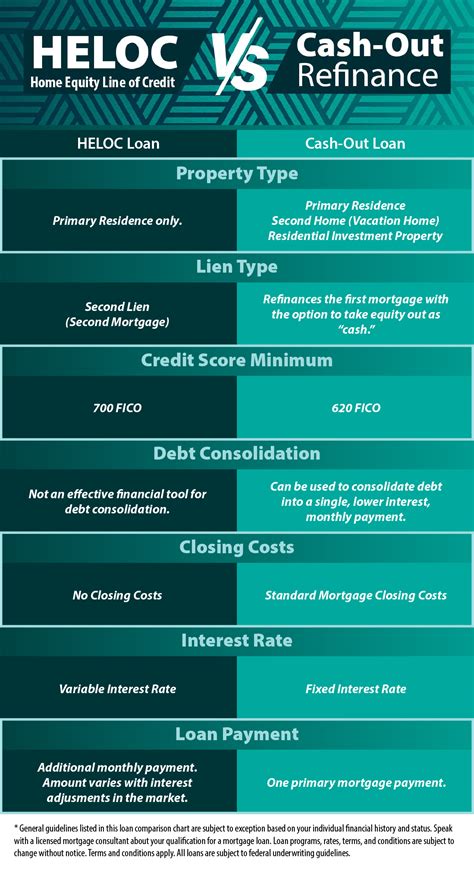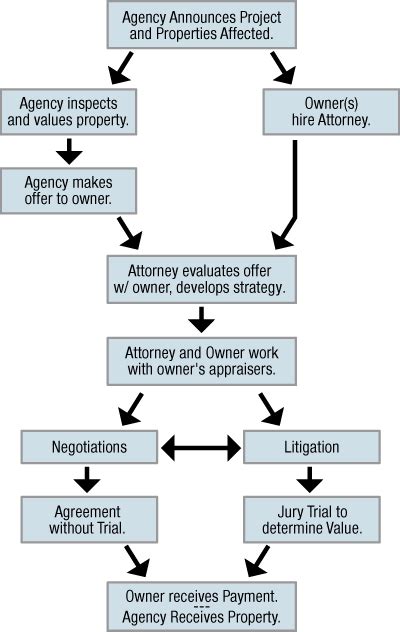In the world of finance, private banking stands as a beacon for individuals seeking exclusive services and tailored solutions. Among these services is the ability to obtain mortgages with high debt-to-income (DTI) ratios. This article delves into the secrets of portfolio lenders, exploring how they provide 50% DTI approvals through private banking.
**Understanding Portfolio Lenders**

Portfolio lenders, as opposed to traditional banks, operate on a different scale and philosophy. These lenders hold the mortgages they originate in their own portfolio, rather than selling them on the secondary market. This unique approach gives them the flexibility to cater to borrowers with varying financial situations, including those with higher DTI ratios.
**The Importance of DTI**
The debt-to-income ratio is a critical factor when applying for a mortgage. It represents the percentage of your gross monthly income that goes towards paying off debts. For instance, if you earn $10,000 per month and your monthly debt payments amount to $4,000, your DTI is 40%. Lenders typically consider a DTI of 43% or lower to be manageable.
**Unlocking 50% DTI Approvals**
While 50% DTI might seem daunting, portfolio lenders have discovered strategies to approve such cases through private banking. Here are some secrets they use:
1. **Diversified Credit Sources**: Portfolio lenders often look beyond traditional credit scores to evaluate a borrower’s creditworthiness. They consider a diverse range of credit sources, including non-traditional credit like rent payments, utilities, and other debts.
2. **Income Verification**: Lenders with a portfolio approach may be more lenient in verifying income. They might consider self-employed individuals with fluctuating income or those with unconventional employment arrangements.
3. **Asset-Based Lending**: Some portfolio lenders use an asset-based approach, where they focus on the borrower’s assets to offset the high DTI ratio. This could include cash reserves, investment portfolios, or other valuable assets.
4. **Stable Financial History**: A borrower with a stable financial history and a strong repayment track record may be more likely to secure a 50% DTI approval.
5. **Collateral**: Offering collateral can significantly improve your chances of obtaining a high DTI mortgage. Portfolio lenders are more willing to lend when they have an asset to secure the loan.
**Navigating Private Banking**
Private banking is a highly personalized service, and working with a portfolio lender through private banking involves the following steps:
1. **Identify a Portfolio Lender**: Reach out to private banks and financial institutions that specialize in portfolio lending. Establish a relationship with a lender who understands your specific financial needs.
2. **Prepare a Strong Application**: Gather all necessary documentation, including financial statements, tax returns, and credit reports. Ensure that your application presents a clear picture of your financial situation.
3. **Negotiate Terms**: Once your application is approved, negotiate the terms of the loan, including interest rates, repayment period, and any fees.
4. **Maintain Communication**: Keep the lines of communication open with your lender throughout the process. Transparency and honesty can lead to a more favorable outcome.
**Conclusion**
Portfolio lenders and private banking offer a unique opportunity for borrowers with high DTI ratios to secure mortgages. By understanding the secrets behind these approvals, individuals can navigate the complex world of finance with confidence. With the right lender and approach, obtaining a 50% DTI mortgage through private banking is not just a possibility but a reality.



